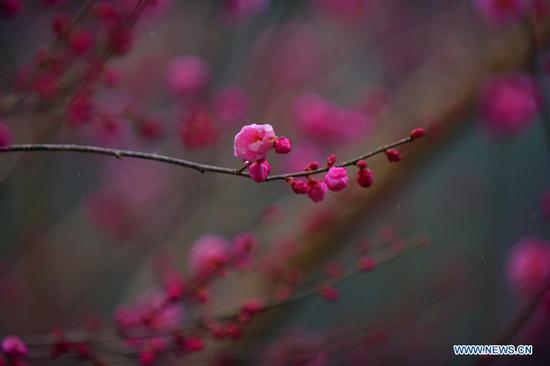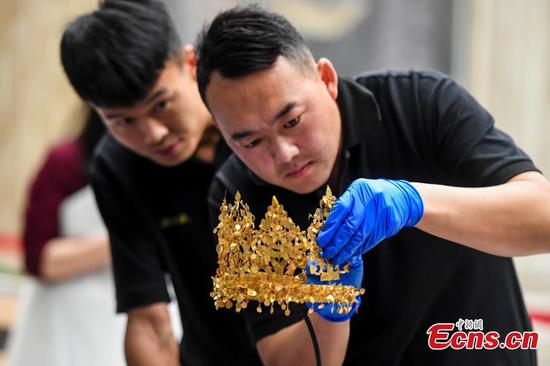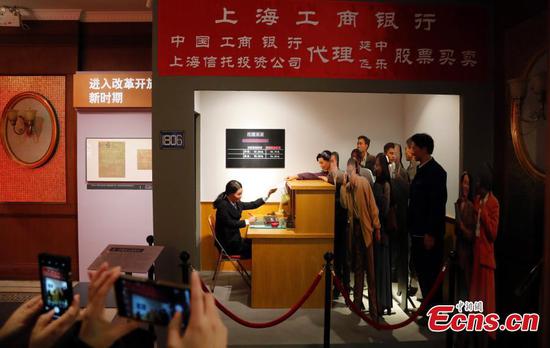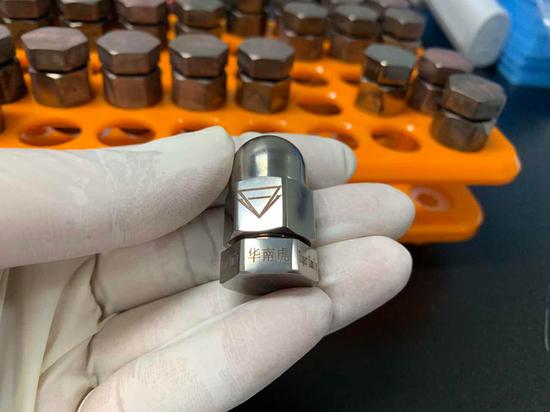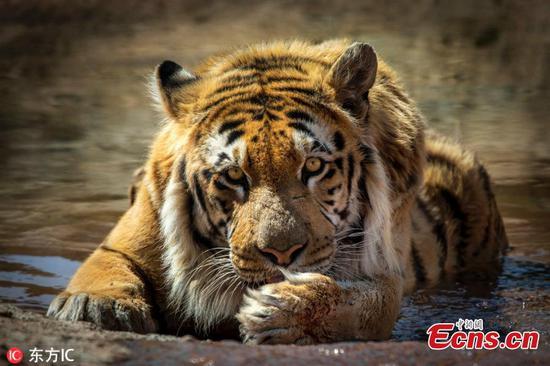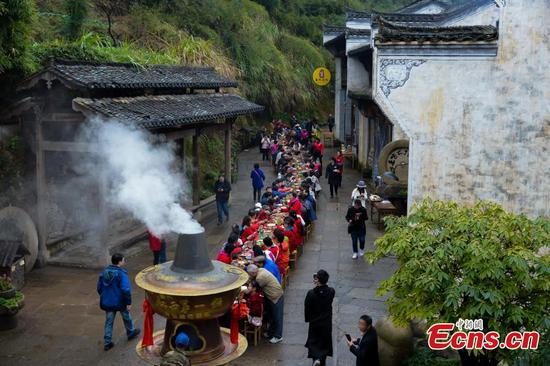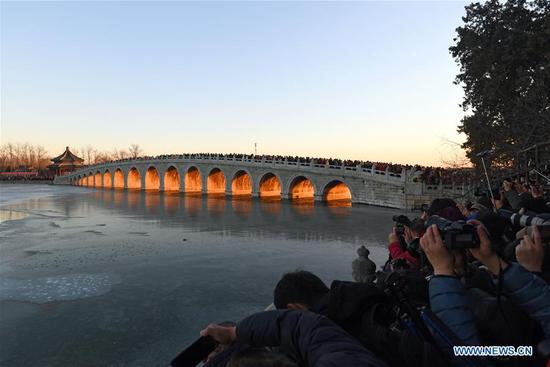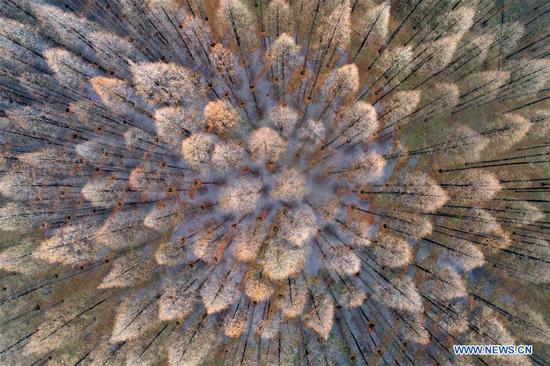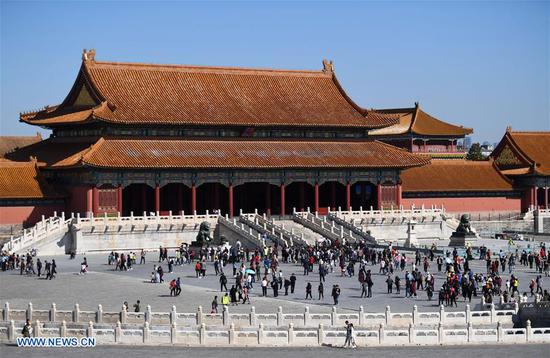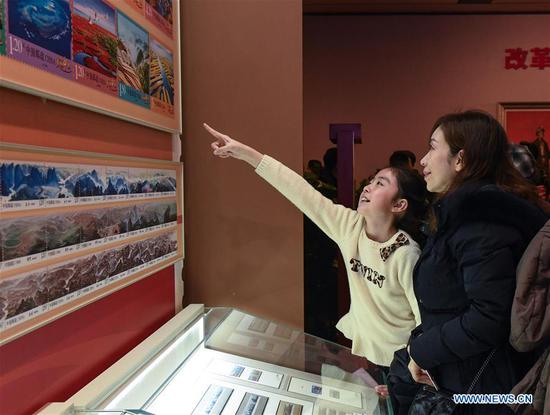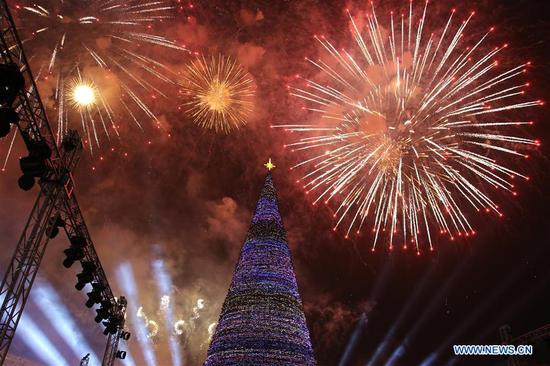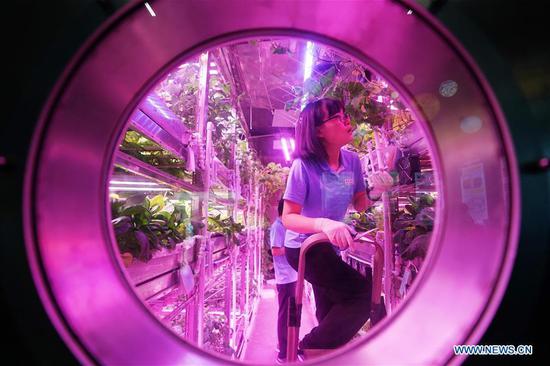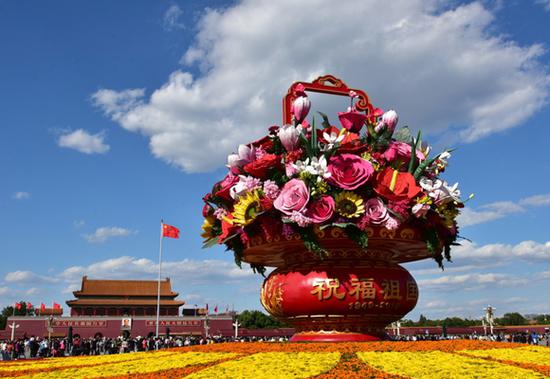
An ongoing exhibition at Tsinghua University Art Museum shows Pan Su's Plum Blossoms and Bamboos.(Photo provided to China Daily)
Zhang bought his first piece, a calligraphic inscription by emperor Kangxi of the Qing Dynasty (1644-1911), when he was around 30. And it ignited a passion for buying classic art.
While serving at the bank his father founded, Zhang spent the bulk of his fortune collecting art.
Zhang said: "People who know nothing about me say that I'm so daring to lavish so much on these ancient objects. But (they do not know that) I've gone through many hardships. And, some of the time, I fail."
He also said he bought art not to resell it and make a profit but to make sure that it stayed safely in China.
Zhang accumulated most of his art at a time when the country was torn by chaos, and antique art was being transported abroad.
Zhang said: "It is easy to make a fortune, but there will not be a second chance if one loses a national treasure."
The couple's holdings featured works by great artists that are worth a lot of money today, both at home and abroad.
Among the pieces donated to Beijing's Palace Museum is Pingfu Tie written by Lu Ji, who lived between the late third and early fourth centuries.
The 1,700-year-old piece is one of the earliest examples of Chinese calligraphy.
Zhang made several attempts to purchase the piece from its previous owner, Pu Ru, a member of the outgoing Qing imperial family, before he was successful.











